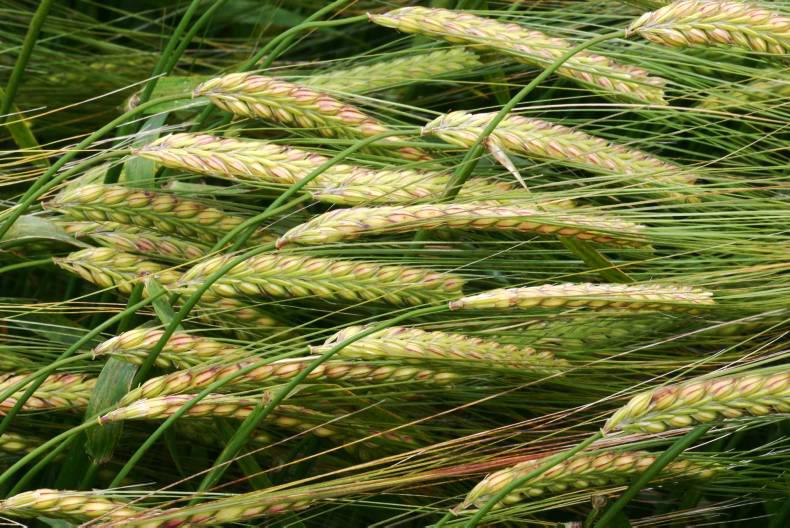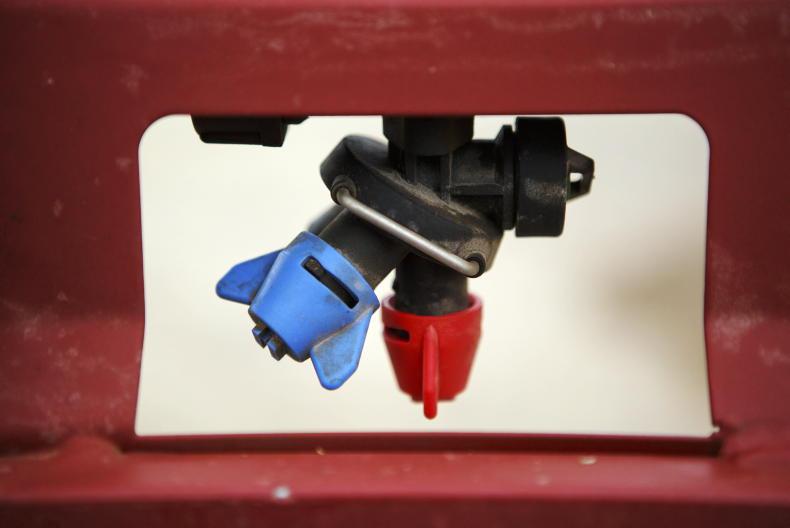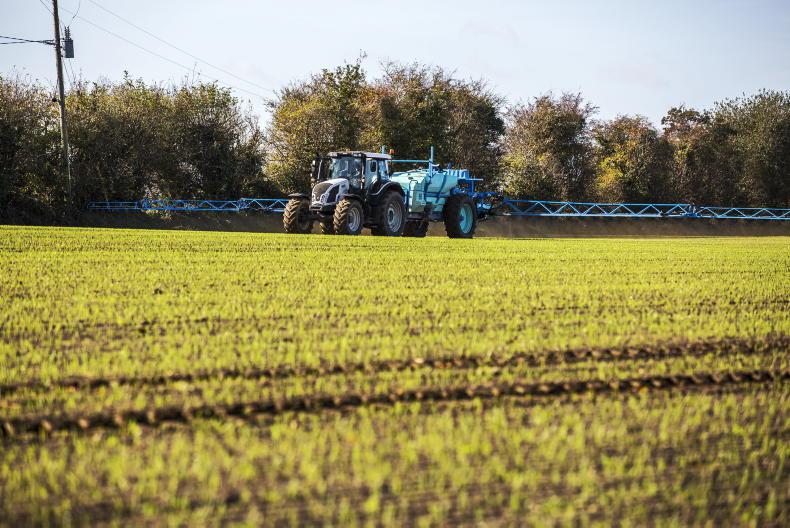From an income perspective, most tillage farmers will want to forget 2016, with many wanting to forget the three years before as well. However, the problems facing our tillage sector must not be confined for discussion only during the harvest period. The reality is that we cannot afford to simply ignore the challenges of the past four years in the hope of better times ahead.
Ironically, despite the impact of poor prices and weather conditions on farmers’ mental and financial wellbeing during the harvest period, winter plantings are likely to be up on last year. The renewed confidence certainly isn’t a reflection of improved market forecasts for the 2017 harvest, merely the lure of the fine spell of autumn weather.
While farmer commitment to the sector is to be commended, we should at the same time question the logic. We have had four years now where prices have failed to cover the costs of production. In the absence of a weather event or a political decision that affects normal trade flows, there is nothing in the market at present to suggest next year will be any different. So, how should we respond? Certainly not by simply doing the same thing over again and hoping for a different result.
We can look at the problem from an EU perspective. Lack of access to GM technology, an ever decreasing pool of fungicides and herbicides available to maintain plant health, combined with the constraints of greening regulations are all valid arguments. When EU-guaranteed prices for grain were reduced by 30-40% under the MacSharry and Fischler reforms, it was on the assumption that EU farmers had full access to all modern technologies – clearly this is no longer the case.
However, we must also look closer to home. If maintaining our tillage sector is of strategic importance to the wider agricultural industry, we must look at what steps can be taken at national level to safeguard its future. The Origin Green story needs to be considered. How complete is our beef and dairy premiumisation message if a significant percentage of liveweight gain in the beef sector or milk output in dairying is generated from grains imported from outside of the island – or indeed the EU? In the past, the extent to which our tillage sector is integrated into the green image of our beef and dairy exports has not been properly recognised. It is time for this to change.
Integration is also relevant in the context of changes required to practices at farm level. In this context, it is the complete lack of integration between our tillage and livestock sectors where the issue lies. Having just returned from Brazil and seeing the important role that integrating livestock and grass swards is playing in maintaining soil health and fertility on some of the most productive grain farms in the world, the need to challenge the Irish model of continuous cropping is clear.
Of course, challenging the norm is not easy and will always lead to resistance. Those who resist change are clearly confident that by doing the same thing repeatedly, the result will eventually change.
On the other hand, those tillage farmers who recognise the need to change must be supported through the development of policies that allow for much closer integration of tillage and livestock farms.
At a simple level, why do we not see dry cows moving from livestock farms on to tillage farms to graze some form of a forage crop for a three- to four-month period over the winter? The same question clearly applies to sheep and lambs. It could be as simple as incorporating Italian ryegrass into spring barley crops for post-harvest grazing, or indeed the discipline of adding crops such as kale into the rotation. There needs to be a platform for these discussions to take place between livestock and tillage farmers. Movement and Basic Payment regulations should all be reviewed to make sure unnecessary barriers are removed.
The limitations on farm investment schemes have also forced the various sectors into silos and, in doing so, prevented integration. The sheep fencing grant under TAMS is one example. Why not let tillage farmers who enter into a grazing contract with livestock farmers access a fencing grant?
However, regulations are not the sole reason. Even the low level of contracting growing of crops between tillage and livestock farmers shows the extent of the mindset challenge that must be overcome
Now and not next harvest is the time for stakeholders to be developing a strategy to tackle these issues. A plan to integrate our tillage and livestock sectors for the financial benefit of both clearly needs real consideration.










SHARING OPTIONS